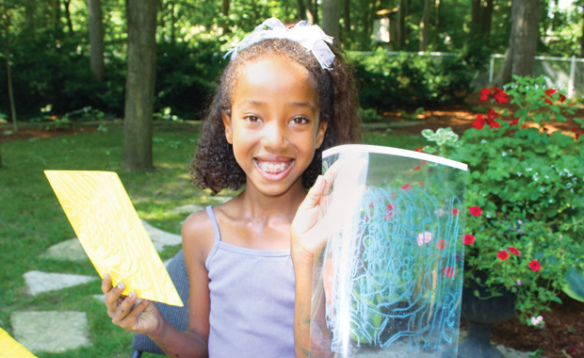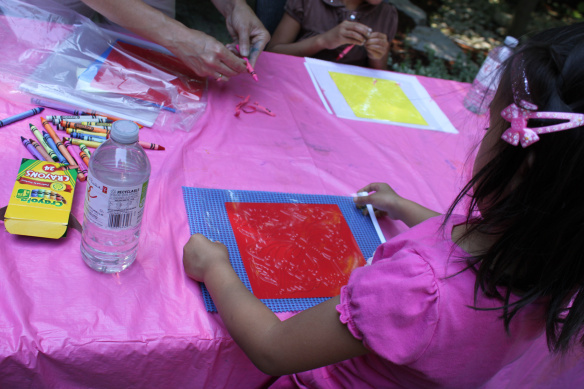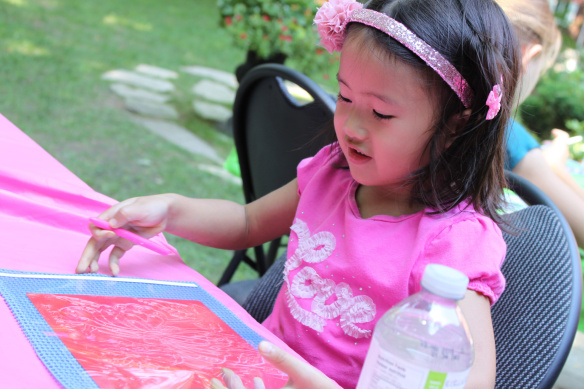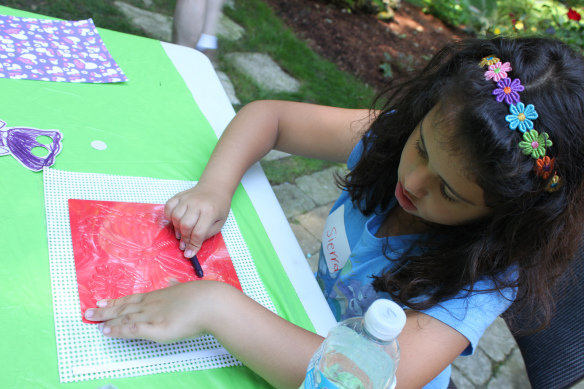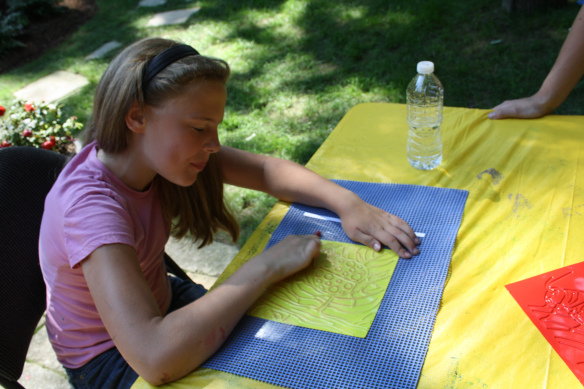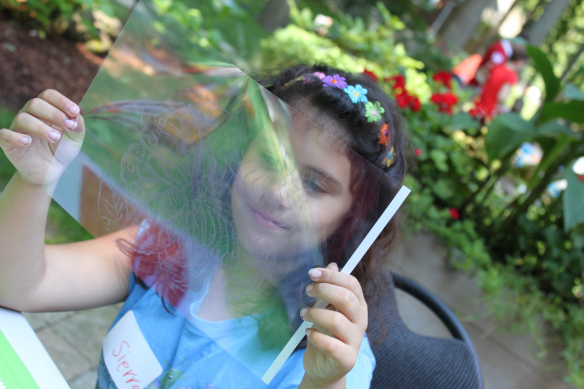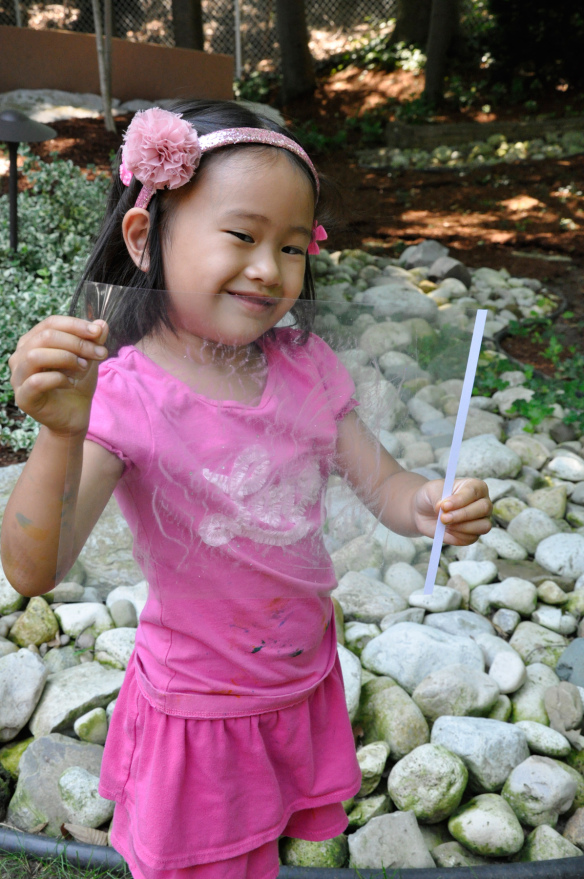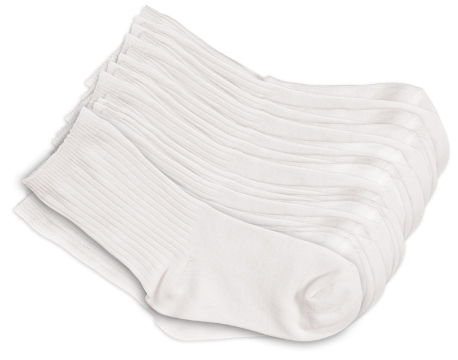
Specially designed socks are bundles of fun and the perfect size for easy yet wonderful craft projects. Learn how to make a sock puppet puppy, a cuddly octopus, a cool snowman, a plush bunny, a caterpillar, animal track slippers, a warming bean bag and colorful fish in our future blog posts on Sockles! Use the guide to help students pick a favorite activity and create their own unique sock project.
Sock projects are perfect for engaging students’ creativity and inspiring new project ideas! Hand out a variety of collage materials that you have available in your craft closet. Provide the materials in plastic bowls to make it easier for students to gather and apply the materials to their sock projects.
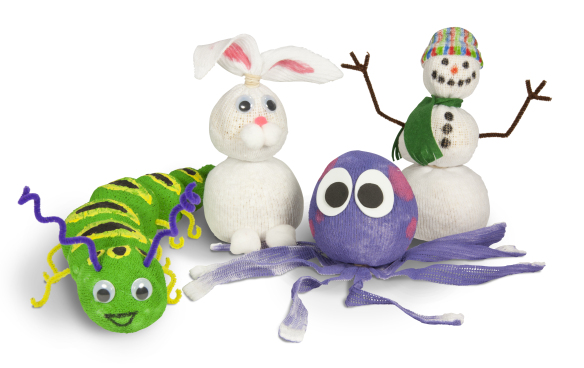
Before you decorate your Sockles with collage materials, decide if you want to paint them. Make your Sockles colorful! Tip: Paint your Sockles with thicker paint such as tempera. Note: Watercolor paint does not color as well as thick paint. To paint the Sockles evenly, clip one end of the Sockles tight to cardboard and paint the rest of the Sockles with a paint brush or foam brush. Turn the Sockles over and paint the second side. Wait one day for the Sockles to dry. Once the paint is dry, use glitter glue to draw swirls, dots, lines and other decorative elements onto the Sockles.
Alternatively, use markers to make details on the Sockles. Draw faces or patterned details onto the Sockle plush toys! Fill the inside with rice, beans or sand about halfway to three-quarters inside the Sockles. Tie off the open end of the Sockles with an elastic band or sew the opening shut with a safe sewing needle and thread.
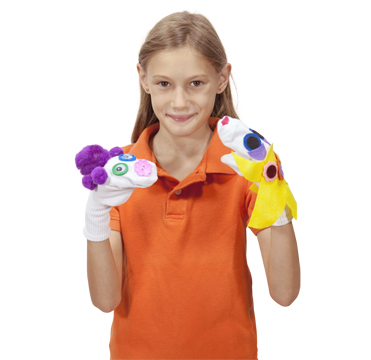
Follow the detailed instructional guide to make puppets, animals, hand covers, plush toys and more! The project ideas can be adapted with whatever collage materials you have in your craft closet.
Combine project ideas together with innovative materials to make creative craft projects! Stay tuned for a series of projects coming up that use our Sockles…

Like us on Facebook, Share this post with your friends, or Subscribe to this blog today to receive original craft project updates every week!

